At the centre of the tangata whenua and bicultural supervision model are 3 elements – kaimahi ora (the wellbeing of staff), mahi ora (the wellbeing of practice within the organisation) and whānau ora (the wellbeing of tamariki and whānau). The model emphasises critical reflection, ethical practice and learning in relation to:
- working with tamariki, rangatahi and whānau Māori
- working with cultures different from our own
- working with all tamariki, rangatahi, whānau, caregivers, and victims of offending
- working within the organisational practice approach.
Exploring the tangata whenua and bicultural supervision model
Click on the centre of the image or on the tohu around the outer edge of the puna (pool) to learn more about the foundation provided by oranga and ngā takepū of Te Toka Tūmoana. Explore the 9 phases of the relational supervision process by clicking on the different parts of the image or the tiles in the separate menu.
Supervision opens with whakatau, which is followed by movement through and back through the middle phases as needed, until whakamutunga, when the oranga engagement is closed in a mana-enhancing way.
Resources for the tangata whenua and bicultural supervision model
Whakatau
Arrival and opening protocol
Whakawātea
Clearing the space for the session
Whakatika
Working to our agenda
Whakatara and whakamanawa
Dealing with issues and encouraging solutional focus
Āta
Continuous intentional and thoughtful critical reflection
Ako wairua
Learning journey – 'aha' moments
Tūranga whakaaro
Principled practice in decision-making
Whakairo kaupapa
Connecting theory to principled practice
Whakamutunga
Summary, tasks and closing protocol
Oranga
Oranga is at the centre of the model

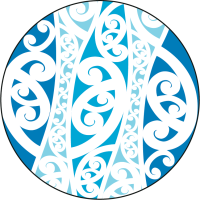 Māori values and beliefs inform practice.
Māori values and beliefs inform practice.
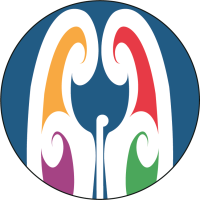 Connection with significant people, places, events, values and beliefs.
Connection with significant people, places, events, values and beliefs.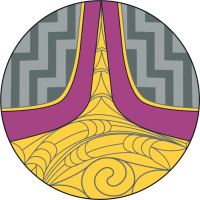 Enabling
Enabling  Unique and diverse Māori processes that provide balance, stability and safety to uphold the
Unique and diverse Māori processes that provide balance, stability and safety to uphold the 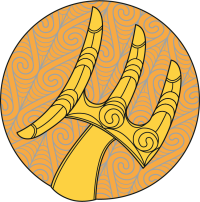 Roles, responsibilities and obligations to protect, keep safe, support and sustain
Roles, responsibilities and obligations to protect, keep safe, support and sustain 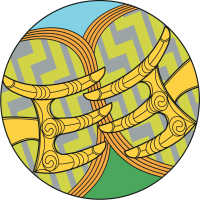 Caring for and giving service to enhance the potential of others.
Caring for and giving service to enhance the potential of others.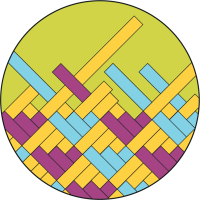 Supporting
Supporting